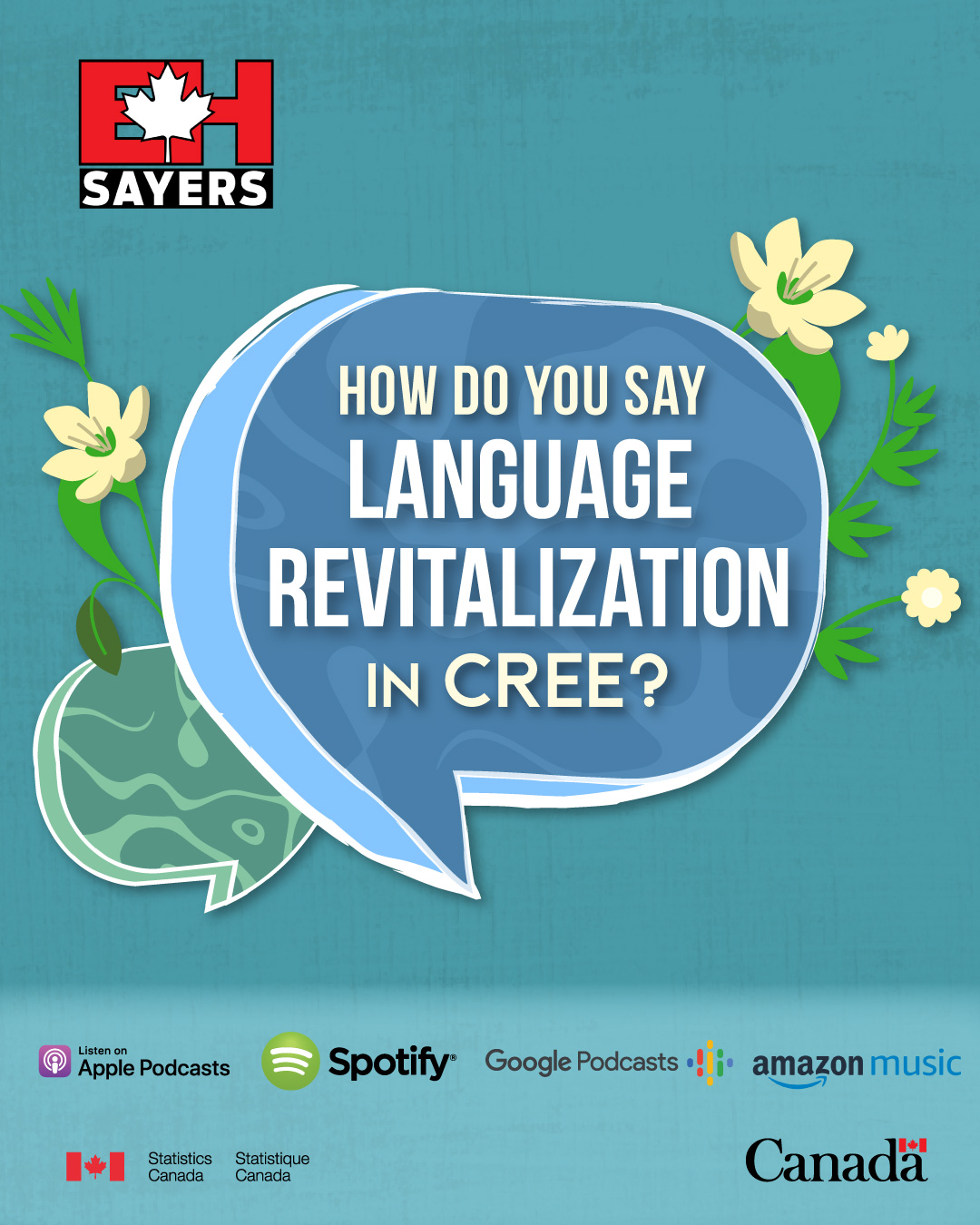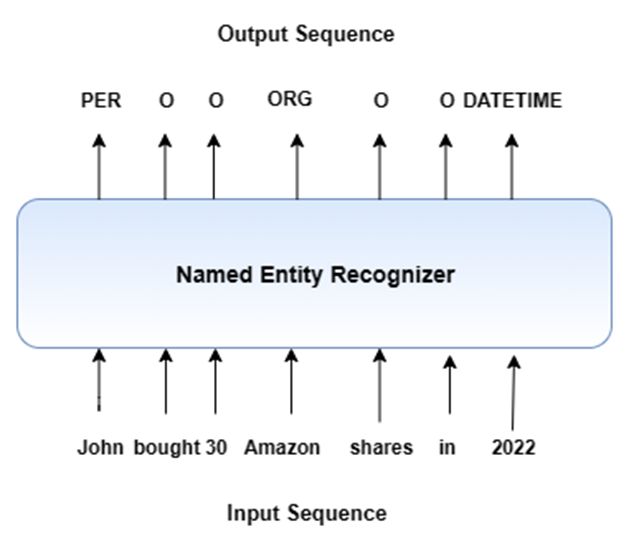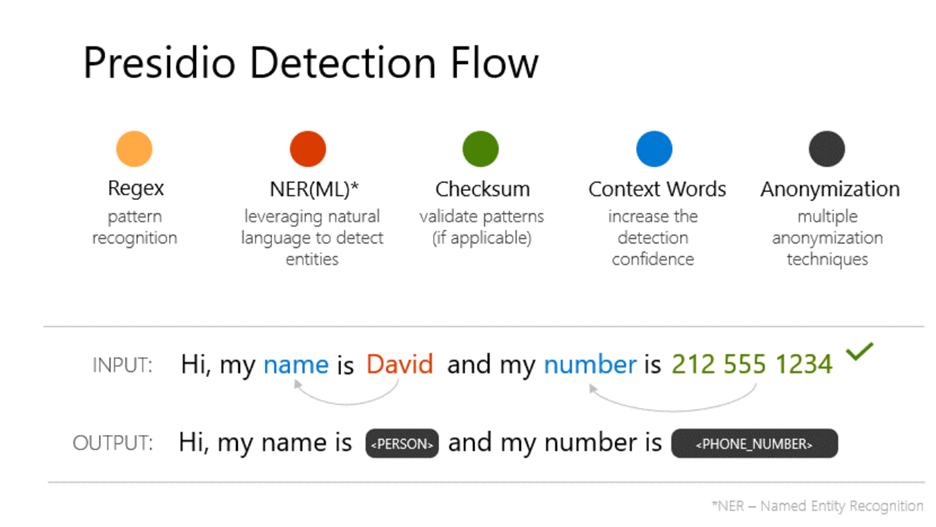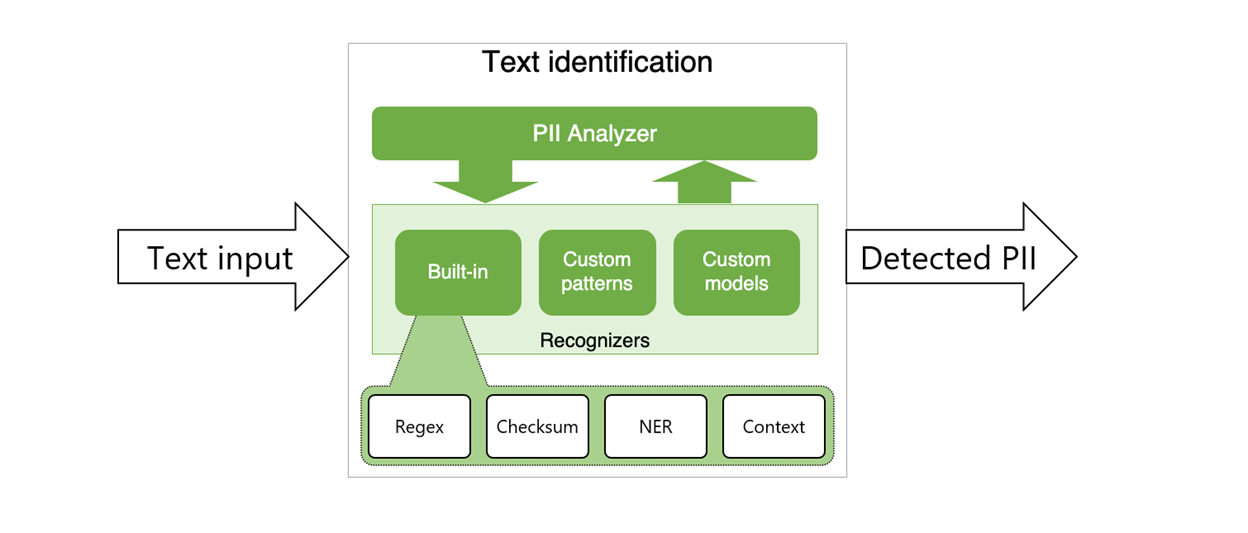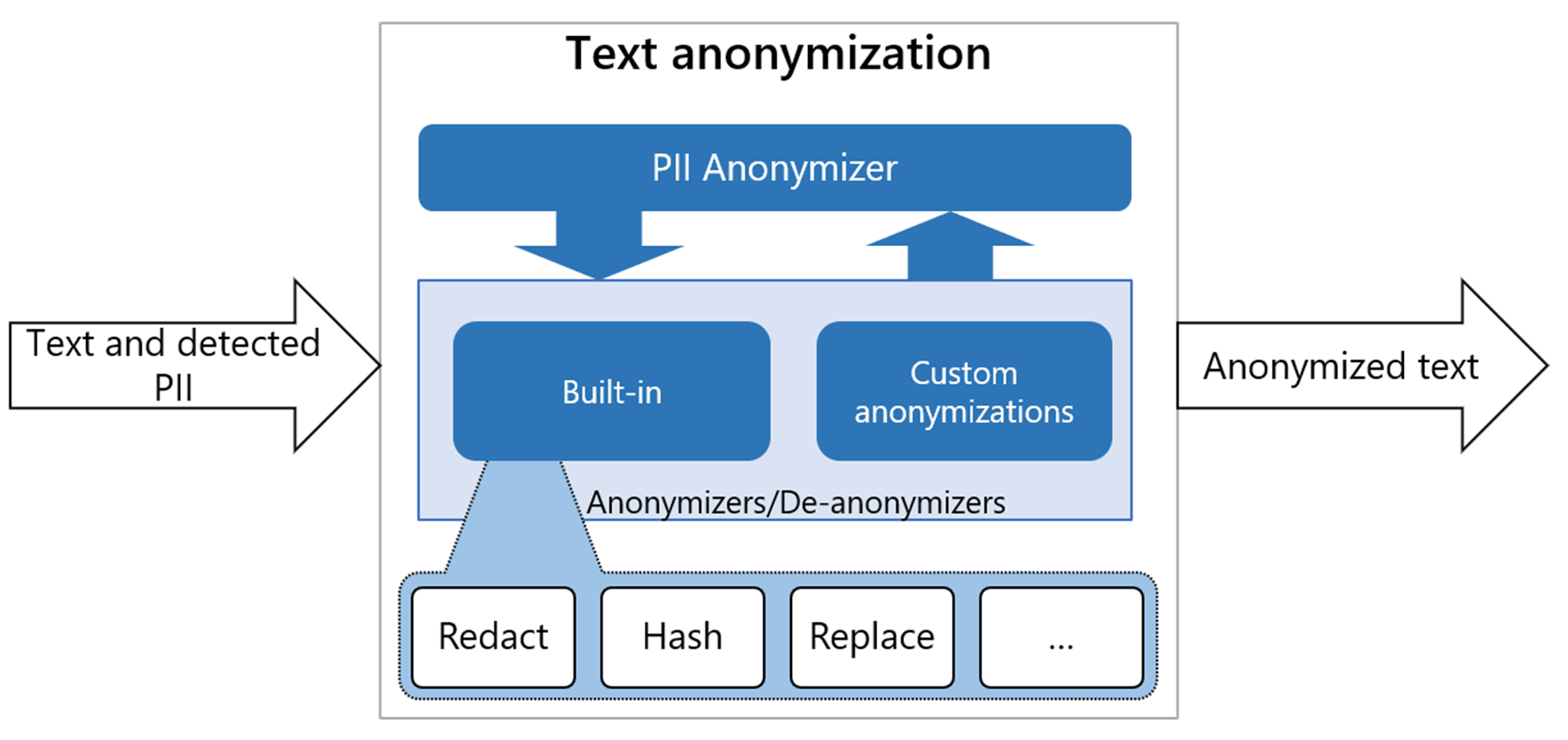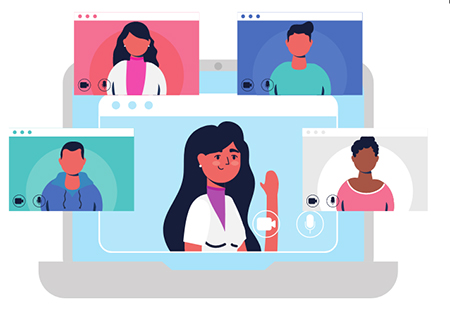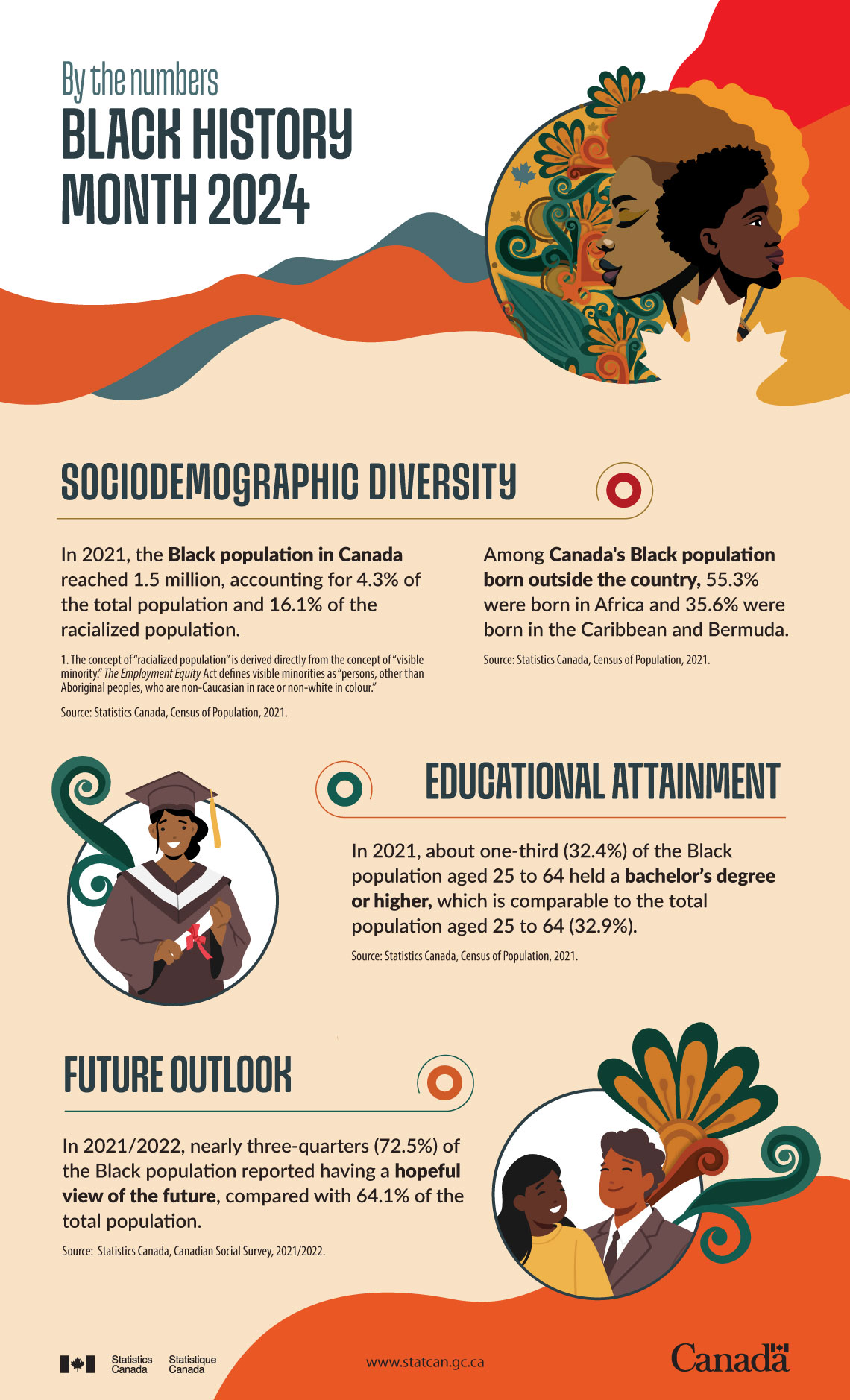Eh Sayers Episode 16 - How Do You Say "Language Revitalization" in Cree? - Transcript
Transcript
Tegan: Welcome to Eh Sayers, a podcast from Statistics Canada, where we meet the people behind the data and explore the stories behind the numbers. I’m your host, Tegan Bridge.
When we’re talking about Indigenous languages, we’re not talking about one thing. Canada is home to over 70 distinct Indigenous languages (Indigenous languages across Canada).
They have different statuses. For example, Inuktitut is an official language of both Nunavut and the Northwest Territories, and almost 40,000 Inuit reported that they speak it well enough to have a conversation in the 2021 census. The Cree and Ojibway languages also have tens of thousands of speakers, making these three the most widely reported Indigenous languages spoken in Canada. Then, there are also languages like Haisla, Haida and Ktunaxa, each with less than 300 speakers. But among these, between the 2016 and the 2021 census, the number of Ktunaxa and Haisla speakers rose, while the number of Haida speakers declined.
Just over 237,000 Indigenous people in Canada reported speaking an Indigenous language well enough to have a conversation in the 2021 census, however, this number declined since the previous Census, when approximately 260 thousand Indigenous people reported being able to speak an Indigenous language. This decline is driven by an ongoing decrease in the number of people with an Indigenous language as a mother tongue (Indigenous languages across Canada).
At the same time, the 2021 census found that more Indigenous people are learning an Indigenous language as a second language. Second-language speakers accounted for over one-quarter of Indigenous language speakers overall, up 4,100 speakers, or 6.7%, from 2016 (Indigenous languages across Canada).
UNESCO, or the United Nations Educational, Scientific and Cultural Organization, considers all Indigenous languages in Canada “at risk,” that is, either vulnerable or endangered. Indigenous languages are threatened because of discrimination and colonization and practices, including the Indian Residential School system, which aimed to destroy Indigenous cultures and languages (Indigenous languages across Canada). Indigenous children had their language taken away from them when they were forcibly removed from their families and punished or shamed for speaking their language.
All that means today, these languages are at risk, and Indigenous communities are fighting to keep their languages alive.
Randy: Yeah, they say, there’s only gonna be three languages that are gonna be still spoken in 20, 25 years and Cree is one of them. Cree, Inuktitut and Ojibwe. That's what the stats are saying.
Tegan: This is knowledge keeper Randy Morin.
Randy: Randy Morin, Assistant Professor, University of Saskatchewan.
Tegan: There were almost 87,000 Cree speakers in Canada according to the last Census (Indigenous languages in Canada, 2021). Cree would be the most widely spoken Indigenous language in Canada... if there were a single Cree language. But there are actually many Cree languages, and they aren't all the same.
Randy: There is a great risk, especially for the smaller dialects, like the R dialect, the L dialect. Those ones are more like Eastern Canada. But we do have also small dialects in Saskatchewan, the N dialect and the TH dialect, Woodland Cree, Swampy Cree, but the biggest one would be the Plains Cree dialect. So that one will probably survive a little more than the other dialects.
Tegan: It's not just that different dialects sound different or use different words.
Randy: Each dialect has their own distinct way of looking at the world, right? The Swampy Crees have their own way, the Woodland Cree, they call themselves the Rock Cree, and us Plains Cree, there's differences in the dialects and how we see the world.
Tegan: Randy is a first language Cree speaker.
Randy: Well, I grew up speaking the language. It was just spoken to me right from the womb, so I didn't speak any English until I was 10 years old. And I often tell this story, how did I pass kindergarten and grade one with just speaking Cree? Many of us in my community, my age, we all spoke the language, and we passed grade one and kindergarten. So I just grew up speaking it. I didn't know any different. It's like a fish, a fish doesn't know it's in water, that's just how I was, in my language. I was just immersed in it was all around me.
Tegan: But, as I mentioned, many speakers of Indigenous languages learned these as second languages, like Belinda Kakiyosew Daniels.
Belinda: Dr. Belinda Kakiyosew Daniels, University of Victoria. The Indigenous Education Department.
As far as learning goes, I’ve always listened to the language ever since I was born. I was raised by my grandparents most of my life and so they spoke Cree to each other. They didn't encourage me to speak to them, but I've often heard the language. And so, just their ability to speak to each other in our original language was inspiring to me, and this is what raised the curiosity of why am I not encouraged to speak my own language?
Tegan: In 2017, half of Indigenous youth reported that speaking an Indigenous language was important or very important, and while they were less likely to have an Indigenous mother tongue, many were learning it as a second language (Chapter 4: Indigenous Youth in Canada). The majority of First Nations and Inuit youth, 68% and 87% respectively, who could speak an Indigenous language learned their language as a mother tongue. Among Métis youth who could speak an Indigenous language, the share was closer to half, as 55% learned their language as a mother tongue and the remaining share learned it as a second language.
Randy and Kakiyosew work with second language speakers to hone their skills. They share the Cree language with students at a language immersion camp.
Belinda: We are co-directors for the Néhiyawak Language Experience, which is grassroots not for profit. We are having our 20th anniversary this summer.
So, this is exciting for the work that we do. I would suggest that we are actually pioneers in this way of reclaiming land and language immersion in our home territories as a focused intention.
Tegan: Their efforts range from grassroots to academia.
Belinda: We also write books together. We do research together.
I have 12 graduate students that I'm either supervising or sitting on a committee.
Randy: I teach the Cree language at the University of Saskatchewan. I'm creating a Cree speaking certificate program there, hoping to launch it next year.
Tegan: But it doesn't stop there! We're also talking TV and books.
Randy: I've also done a lot of work with APTN. So, I've done a lot of Cree work for Wapos Bay, the cartoon. Also, the Guardians, the cartoon. And now, the newest children's series is called CHUMS. And that's going to be launching this year, so I've been doing a lot of work in the Cree.
Belinda: I'm holding the book that I coauthored with, um, Andrea Custer and it's called, Speaking Cree in the Home: A Beginner's Guide for Families. nēhiyawētān kīkināhk.
Tegan: There isn't one single way to revitalize Indigenous languages. There are historical reasons why these languages are at risk, but there are also barriers that exist to this day.
Belinda: What are the barriers? Let's get some policy into place in making our languages official. Let's get some funding in place for our First Nations languages in our school systems. The money has always been underrated or underfunded. Let's start validating our speakers and showing the respect that those speakers deserve when it comes to credentials. They might not have a B. Ed. degree or a Ph d. degree, but they are a speaker of the language and hold this vast amount of knowledge about the world. So, let's value that and credit that.
Randy: Growing up, we all spoke the language and all of a sudden FM radio came, and pop culture came. Oh, my goodness, everyone overnight just started speaking English, you know, and it's just been on a decline ever since with like, modernization, globalization, and celebrity... I guess our young people look up to celebrities… the wealth, and that’s what they want to be. And so we need to bring them back to own role models, and that's a challenge.
The federal and provincial governments, they really messed up, with Indigenous people for years, but there's still not that sense of urgency, like they need to like really to push for this sense of urgency.
And universities need to work with language people. There's only two of us at the University of Saskatchewan, and it's a real challenge. We need more. We need more people that… All hands on deck is what we’re saying. There are only two schools in Saskatoon, St. Francis and wâhkôhtowin.
There's a lot of challenges, but there's also a lot of successes. Technology can be used to connect with people in remote communities. In fact, our friend, Bill Cook, our brother, who is part of NLE, his PhD project is to connect speakers, remote communities to learners and, and they get paid. Isn't that cool? What an awesome project! All these elders that are home could be making money on their computers, talking to learners, man, what a project! I wish I thought of that for my PhD. So, lots of challenges, but also a lot of successes.
Belinda: I wanted to add to grassroots successes. So, I mentioned my name, right? Kakiyosew. I'm from Pakitahwâkan sâkahikan. Sturgeon Lake First Nations, Saskatchewan. And as far as grassroots goes, I, for one, I'm always being of service to my home community and, overall, to my nation.
Some of the successes have been creating signs of Nēhiyawēwin in our home community. Um, creating camps for families, creating Oskapios programs for boys and men, creating a whole community wide language program from leadership to the different agencies that are employed in our home community, such as the health department, the education department, our economic department, resources for roads and for the bison, everybody learning Cree.
We have Indigenous language revitalization as a field of study at the University of Victoria. I know that First Nations University of Canada is always working, is also working on the same thing. As Néhiyawak people, original peoples of Turtle Island, we're working together. We're coming together, working together to help lift up our original languages. So these are some successes.
Tegan: Earlier in our conversation, Randy mentioned that the different Cree languages have their own unique worldviews. Different languages aren't just interchangeable labels for the same things. Languages are pretty interesting. English, with all its funny spellings and weird idioms, carries its history within itself. And the Cree languages are unique in their own way too.
Randy: You definitely see the world in two different ways when you know the language. And I'm speaking from experience, so your worldview is really different.
You can understand the stories, you know, the teachings that are embedded within the stories. You'll understand the ceremonies a lot more if you have an intimate knowledge of the language.
Humor also plays a big part in the language. The humor is so descriptive, you can see it in your mind better than in English. English, it's kind of one dimensional.So yeah, it's relationships to the natural world. And how we see the world as living, and that really clashes with this worldview today. Like there's no connections to the earth. You know, they see the earth as inanimate. Not alive. They see animals as having no spirits. Insects. Birds. You know, we call these CREE our relatives, eh? So, you have a better relationship when you have that.
The language teaches you values. Laws, teachings, these are in our languages and again, if I mentioned valid knowledge systems are embedded in it, and this language is thousands of years old.
So, you see the world differently in two different ways. Uh, and I wanna, you know, people ask me, how do you see it in two different ways? I see it as making you a better human being. You know, you’re not as greedy. You’re not as selfish.
But in our, in our language it’s for the whole, for the betterment because we believe, philosophically, spiritually, we go back to the spirit world. So, we have to have these laws, we have to follow these teachings, because our time (Randy snaps his fingers) is like that. We can't take anything with us, right? So, uh, so that's the fundamental differences I think of seeing the world in two different ways.
Tegan: If you're familiar with French, you're familiar with the way it sorts its nouns by gender, masculine and feminine. Cree sorts its nouns according to animacy: that which is living and that which is not.
Belinda: Animacy is how we view the world as alive and with spirit, imbued with spirit. And so, when we look at the land, askiy, the land provides us with everything that we need, that we’ve needed, so the land is alive, the earth is alive with a spirit. And when you look at the trees and the rocks and the mountains and the rivers, the animals, the ocean, the sun, even the weather. If you have that perspective of these elements are alive with spirit, imbued with a life force of something, a source, and if you can think of them like the way you think of your own parents, your own grandparents, your brother, your sister, your newborn child. That whole way of thinking of the natural world makes you more conscious and respectful and grateful of where we're living.
Tegan: You mentioned going the importance of nature. Why you run a language camp with camp being a very key word, I think. Why is a camp being out in nature and disconnected, unplugged? Why is that the ideal place? Not for a language camp generally. But a Cree language camp specifically, why is that the best place?
Belinda: This is how our ancestors lived. This is what our ancestors have always done. This is the solution. And again, just coming back and connecting. It's a spiritual place, like being out in nature, walking on the land, swimming in the waters, listening to the birds when they start singing early in the morning, and going to sleep when they stop. It's amazing. And then learning the language for your surroundings. I don't know why or how but when I'm out in the context, in the language, hearing the language, something goes on in my head in my brain in the way I think. There's a shift that happens and I often try to describe it as like... like a puzzle being put together. That's what happens to my brain. Like I can literally feel this connection to the context, on the land, in the language. And my whole worldview is just, you know, like a switch goes off, and I leave this English world behind. I leave all the memories of the violence behind in the English colonial context. And when I'm out on the land. It's a feeling of sâkihitowin. It's a feeling of love.
Randy: It teaches you humility, you know, being out on the land, you know, there's no ego, there's no power tripping, and you get to connect with the communities that you're in. It's the energy of the place, eh, it’s a really clean environment, detoxifying. It's empowering. It's very loving. It's very gentle. It's very organic… It's just a feeling of home, you know, your spirit just, you leave this concrete jungle and go out into the natural, and the spirits of the land… It's a beautiful place.
Belinda: It's a natural rhythm.
Randy: Mm hmm.
Tegan: When your language categorizes nouns by being imbued by spirit, how does that affect your perception of the natural world? Especially in the context of the climate crisis?
Randy: Well, I'll say it in one word. Wâhkôhtowin, wâhkôhtowin, we are all related. That includes the plants, that includes the stars, the moon, the mountains.
If you're related to a relative, are you going to hurt that relative? Because in our laws, we have pâstâhowin, overstepping Creator's law. Right. So, if you know that you're not going to cut down trees… not overharvesting for the profit of exorbitant amounts.
People are getting rich and, and, you know, there's no word in their worldview about wâhkôhtowin. And then we have this thing called ohcinêwin, it's like harm against sentient beings. And that includes everything in creation. The water is alive; we're not gonna poison the water; we're not gonna drill in the water. You know what I mean? We have all these examples of what not to do, in their language.
Belinda: It's just saying what we were saying earlier in regards to this idea of animacy. The word for people, like I'm always saying, the Néhiyawak is plural, but we also refer to that, such as like the trees, mîtos, mîtosak, or the animals, or like birds, piyêsîsak, it's the same reference of something being alive, rocks, asiniyak, it's the same reference of they're alive with spirit and that's how they referred to. So, if you think of the world as alive and refer to them as kin, like Randy said, like we said earlier, you're not going to clear cut. You're not going to extract and build those big mining holes. Climate change is on this drastic rise. We're seeing it with the change in temperatures, these warm temperatures. It's frightening, unusual. You see bears coming out of this winter habitat. You see geese having ducklings, and it's only January.
Tegan: It's unnatural.
Randy: Yeah, so different languages around the world refer, like, they know the Earth is a mother. The Earth is a mother. She provides. It's not just a concept. It's actually like a real belief that the Earth is our mother, right? So, with that understanding, like Belinda said, we're going to protect, we're going to protect and care for our mother and the medicine she provides for us. Everything has a medicinal purpose and a spirit, right? So, it's on us to learn those, those medicines so we keep them for future generations.
Tegan: Ryan DeCaire said: “It's said that people revitalize a language, but really, it's a language that revitalizes a people.” What are the benefits of learning an Indigenous language, whether as a first or a second language?
Belinda: The benefits are unlimiting, just as Randy was speaking as going through my own thoughts and the benefits are reclaiming your language is your connection to land. Your connection to where you belong, your culture, your connection to what you know of natural laws and natural governance in, in those systems and also the people, your connection to the people. So, there's multiple benefits.
As well… once you realize and know where you belong and where you come from, where you've been, moving forward, you can walk into the trauma. You can walk into that historical trauma, that intergenerational trauma, and you can smash it. Once you know your language and where you come and understand all of that. And it's been that way for me. And it's been a feeling of coming home, knowing my purpose, knowing my role, knowing that my ancestors are behind me, and I stand on the shoulders of giants.
Tegan: What are your hopes for the future of your language and your community, and do you think the work will ever be done?
Belinda: My dreams for the future. I was kind of asked that question about 10 years ago so I'm glad I'm getting asked this question again. My dreams for the future is that our languages are federal, provincial laws throughout Canada. I hope that our communities are speaking, and the languages are flourishing in our communities, that our schools are land based, spaces and places operated all in the language and that we're speaking, not just our language, but our neighboring languages.
Prior to contact, this is based on Onowa McIvor’s work, is that our languages were very multilingual. We were a very multilingual continent. And we spoke more than one language. We had to speak multiple languages to have this commerce, this massive commerce, trading, alliance system. And when the early settlers came over, they learned our languages. So it's only been recent that we've had this banning of our ways of knowing and being and doing within the last hundred years or so, and so my dreams are, how do we rectify this? How does the federal government rectify this? And then how do the powers that be help lift up our languages?
And my dreams are, again, that we have this love and understanding and empathy for the original peoples of this land. And that there is no one incarcerated. That we have no addictions. That we have no homelessness. That we don't have mental illnesses. Those are my dreams, and I just hold on to that.
Tegan: Randy?
Randy: I hope our environment’s also intact. And I hope we get an Indigenous prime minister. You know what I mean? These are all my hopes and dreams, but I want my children, my grandchildren to be in this world that values them for who they are. Cause you know, look at me, wherever I go, people are scared of me in my own lands, my own treaty territory. People are scared of me. I get stereotyped, the racism that's thrown at me daily. I want the future to be better for my children and grandchildren. We can get along and work together from kindergarten all the way to university that the language is, you know, is embedded, language instruction… Everyone's just speaking the language, it's a goal of mine, but I don't know if I'll see it, but that's what I want to see.
Tegan: Is there anything that I haven't brought up that you'd like to talk about?
Belinda: Oh, I would like to say for people listening, learn the original, names of the nations that live on Turtle Island. I'm not exactly sure where the word Indigenous comes from, but I would prefer being called a Nehiyawakamakiano. We're one nation. There's multiple nations within Canada. Learn a greeting, learn how to say hello in whatever lands you live on. I've learned how to say 'uy' skweyl. I've learned how to say 'uy' skweyl ch'u. Like, these are just very helpful little words, that go a long way. Especially if you're a visitor on lands that you don't originally come from. And I'm not sure if I said this, but encourage your children like you do, you know, with sports or with dance or with music. Encourage your children to speak the language and to participate in the culture. Those are just a couple of things that come to my mind.
Tegan: You've been listening to Eh Sayers. Thank you to Randy Morin and Belinda Kakiyosew Daniels for taking the time to speak with us.
You can subscribe to this show wherever you get your podcasts. There, you can also find the French version of our show, called Hé-coutez bien! If you liked this show, please rate, review, and subscribe. Thanks for listening!

















